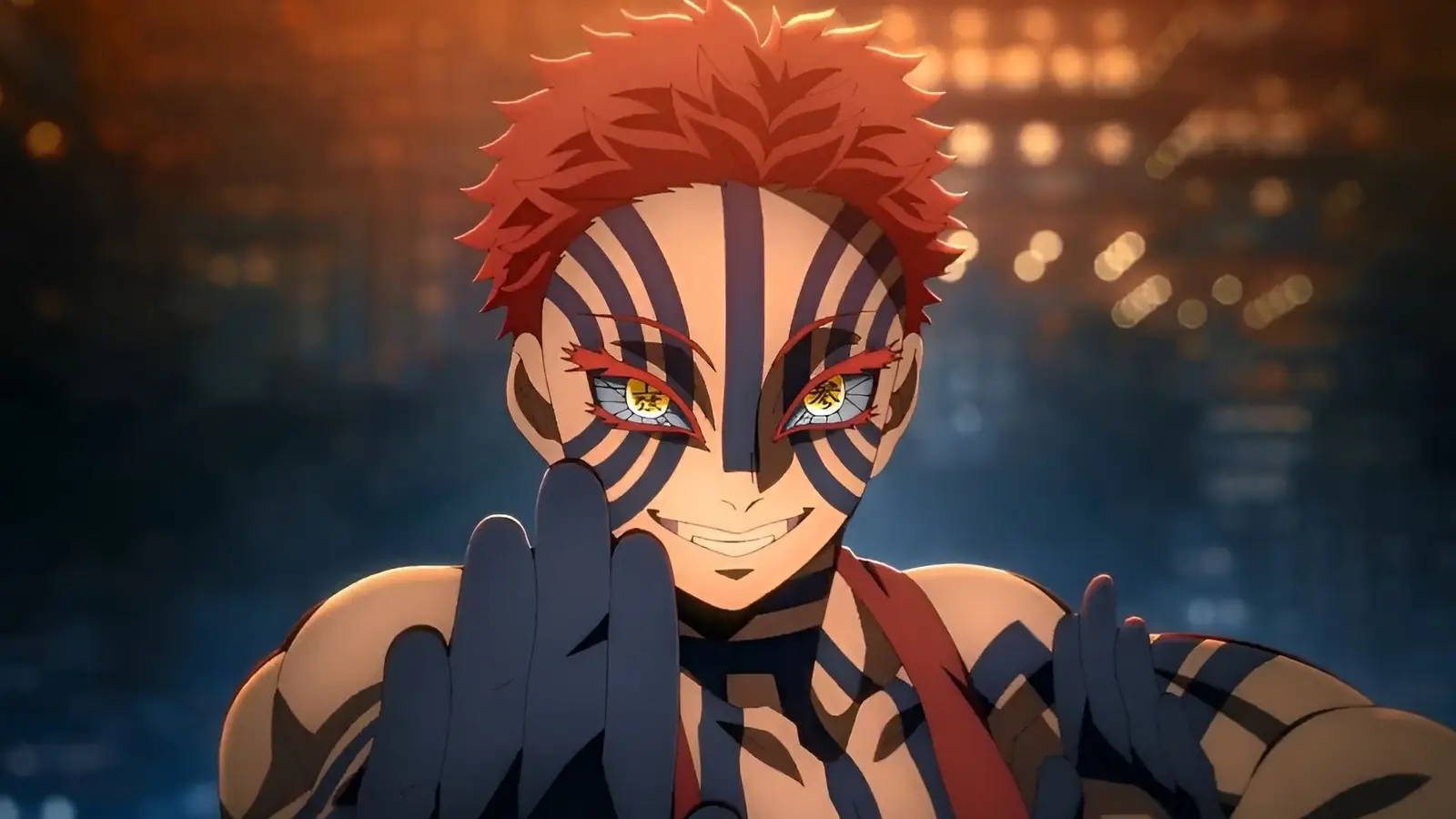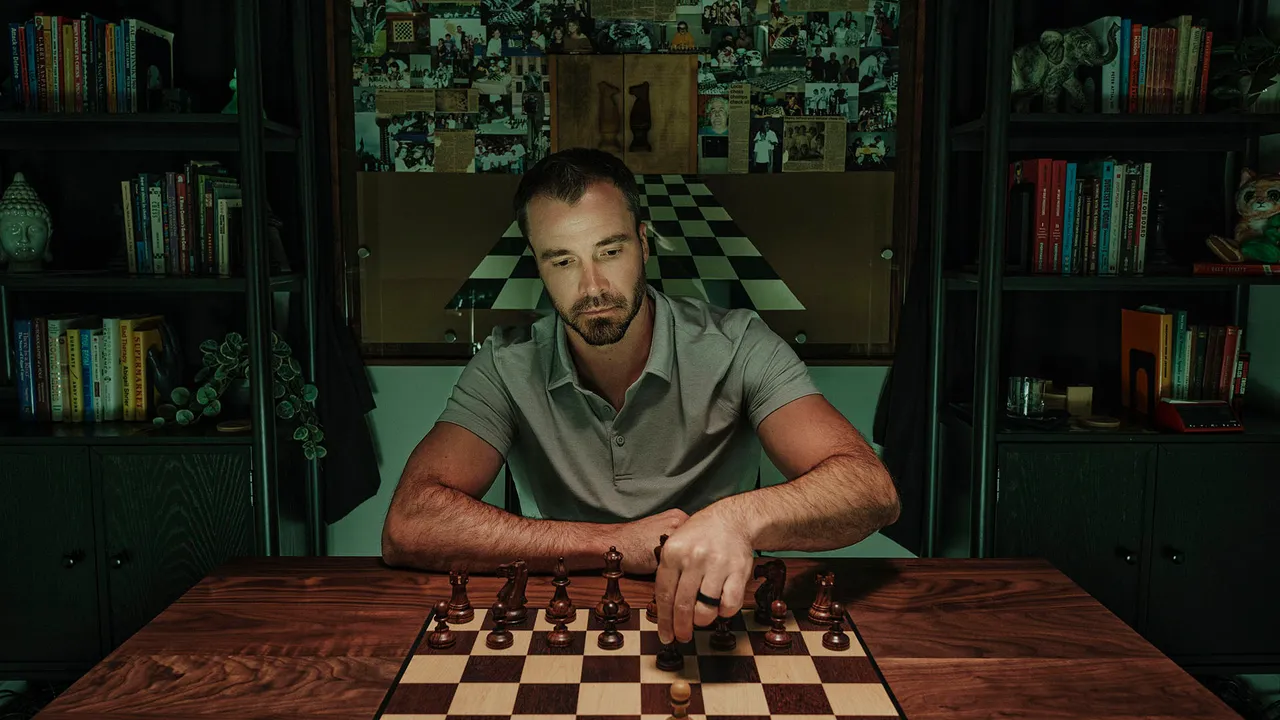
Demon Slayer: Infinity Castle is the flagship for a revolutionary change in the motion-picture industry; it contrasts Hollywood’s production strategies that hinge on inflated high-risk, high-reward models. Overperforming on a meager $20 million budget by Hollywood’s standards, the film surpassed industry analysts’ predictions with an outstanding $70 million gross in its opening weekend in US theaters.
Infinity Castle’s premiere profits exceeded even Mugen Train’s opening weekend returns of $21.2 million in 2020. The movie’s achievements so far underpin a laudable truth: Hollywood’s stake in the animation industry is weakening, and anime has surreptitiously captured Gen Z audiences’ wavering attention because the medium adopts a nuanced, avant-garde approach to cinematic storytelling.
Demon Slayer: Infinity Castle Deconstructs The Linear Approach To Hollywood’s Movie Direction
Infinity Castle brings to fruition the novelty behind Ufotable’s evolving cinematic style. The anime studio distinguished by its spectacularly crisp animation style, first captured in the Fate anime series, is a primary factor behind Demon Slayer’s global acclaim. Demon Slayer debuted in 2019, with a straightforward narrative: an ensemble of demon exterminators pitted against demon-progenitor Muzan and his sanguinary progeny.
On paper, it’s a generic plot that lacks the grandeur of complex storylines associated with Western fantasy tales. However, in execution, the saga is one for the cinematic history books. It dazzles and mesmerizes with high-octane battle choreography and incomparable visuals.
Demon Slayer’s most prominent attractions are its dynamic characters and intricate power system. The ostensibly simple plot is enhanced by eponymous demon slayers who carry the convictions of their predecessors, who have clashed against the malevolent Muzan for a millennium.
Infinity Castle Part 1 introduces the final all-or-nothing attempt against Muzan in hopes that the demon race is wiped out permanently. The R-rated blockbuster focuses on three intense skirmishes: Douma’s battle with the Poison Hashira; the duel between the Thunder Breathing disciples; and the double-team effort consisting of Tanjiro and the Water Hashira to defeat Akaza.
Defeating Muzan in his weakened state is the underlying goal of the slayers in Infinity Castle. Consequently, all preceding battles are preludes to the Muzan extermination objective. In a broader context, Infinity Castle extends the long-running overarching series, Demon Slayer: Kimetsu no Yaiba, which premiered in 2019. Consequently, the Infinity Castle trilogy aims to display the series’ final fights.
In the trilogy’s first movie, showdowns are set in an Infinity Castle with a twofold function. It is a defensive measure for Muzan, the main antagonist, and an offensive tactic for his offspring to eliminate the Demon Slayer Corps. Setting-wise, the ever-expanding, ever-covoluting nature of the Infinity Castle is a gruelling arena for Demon Slayers, whose swordmanship requires balance and precision.
Notwithstanding this setback, the slayers push forward, exhibiting a theatrical combat performance that shows the variety and efficiency of breathing forms against Blood Art techniques — signature moves ingrained in the film’s Upper Moon antagonists. Ufotable exquisitely captures the impeccable moves of the battle shonen characters down to their minutiae.
Despite the anime’s remarkable use of imagery, Infinity Castle simultaneously displays scenes with heavy emotional undertones. It draws in its audience and encapsulates them in poignant, hard-hitting moments; viewers can feel the protagonists’ convictions, and they can also understand the villains’ traumatic histories. The film treads a razor-thin, morally gray line rarely ensconced in Western animation.
The movie stays true to anime’s core values: anime boasts deeply layered tales that connect viewers to characters, making the medium’s works truly impactful. Per the culture, Infinity Castle entrances with not just superfluous animation, but with existential stakes. One race must win the battle for their kind or risk extinction.
Infinity Castle keeps everyone guessing to the end, making for a well-rounded story that emblazons the grittiness of the slayers in viewers’ minds. Ultimately, for the casual viewer who is not familiar with anime, it is an enrapturing depiction of the medium’s traits. And for the veteran watchers, it is a cinematic tour de force that defies expectations.
It Places Anime On Even Terms With Blockbusters With Profits Earned at Home And Abroad
Demon Slayer: Infinity Castle’s earnings at the box office attest to the anime’s mainstream appeal. Part of it may be due to the success of Mugen Train, the exemplary franchise predecessor that scored half a billion dollars in revenue at the global box office.
As it looks, Infinity Castle is poised to surpass this momentous achievement with a more momentous one. In Japan, Infinity Castle already holds the record for the second-highest-grossing movie overall and the second-highest-grossing Japanese film, outpacing Hollywood hits like the animated musical Frozen, the romance epic Titanic, and Studio Ghibli’s Spirited Away.
Infinity Castle draws in historic profits on par with Hollywood’s heavy hitters in its opening weekend. Shockingly, it comfortably scales above Brad Pitt’s F1 and Tom Cruise’s apocalyptic Mission: Impossible – The Final Reckoning in opening weekend performance, as both films pulled in $57 million and $64 million hauls, respectively.
For 2025 animations, Infinity Castle edges out Elio ($21 million) and Dog Man ($36 million), earning the number one position in financials for opening weekend performances. Understandably, Superman and The Fantastic Four: First Steps place far ahead in profits, but considering Infinity Castle’s $20 million budget, it isn’t overblown to regard the Pan-Asian film as a more successful venture.
Hollywood Needs To Overtly Collaborate With The Anime Industry, Or Risk Falling Behind
Crunchyroll, Sony’s anime distributor, is reaping exponential returns from Demon Slayer: Infinity Castle. Emboldened by Mugen Train’s daunting success, Crunchyroll invested $20 million in the succeeding movie, Infinity Castle. The gamble appears to be a golden one as Infinity Castle has reaped a whopping 250% profit just from its opening weekend.
Matters of international and worldwide grossings are a different story altogether. Tracing this success to its foundation underscores anime’s skyrocketing appeal to Western audiences. Since the 2020 pandemic, Disney has struggled to secure the majority of Gen Z’s interests. Evinced by flopping box office performances, the Hollywood titan is missing a vital element that anime currently capitalizes on.
Hence, a better route for Hollywood titans is to engage in collaborative efforts with anime industry leaders, such as Crunchyroll, to truly tap into the potential of anime or anime-related productions. Infinity Castle is unmistakable proof that anime is here to stay, and with or without Hollywood’s cooperation, it will leave an indelible mark on 21st-century cinema.



